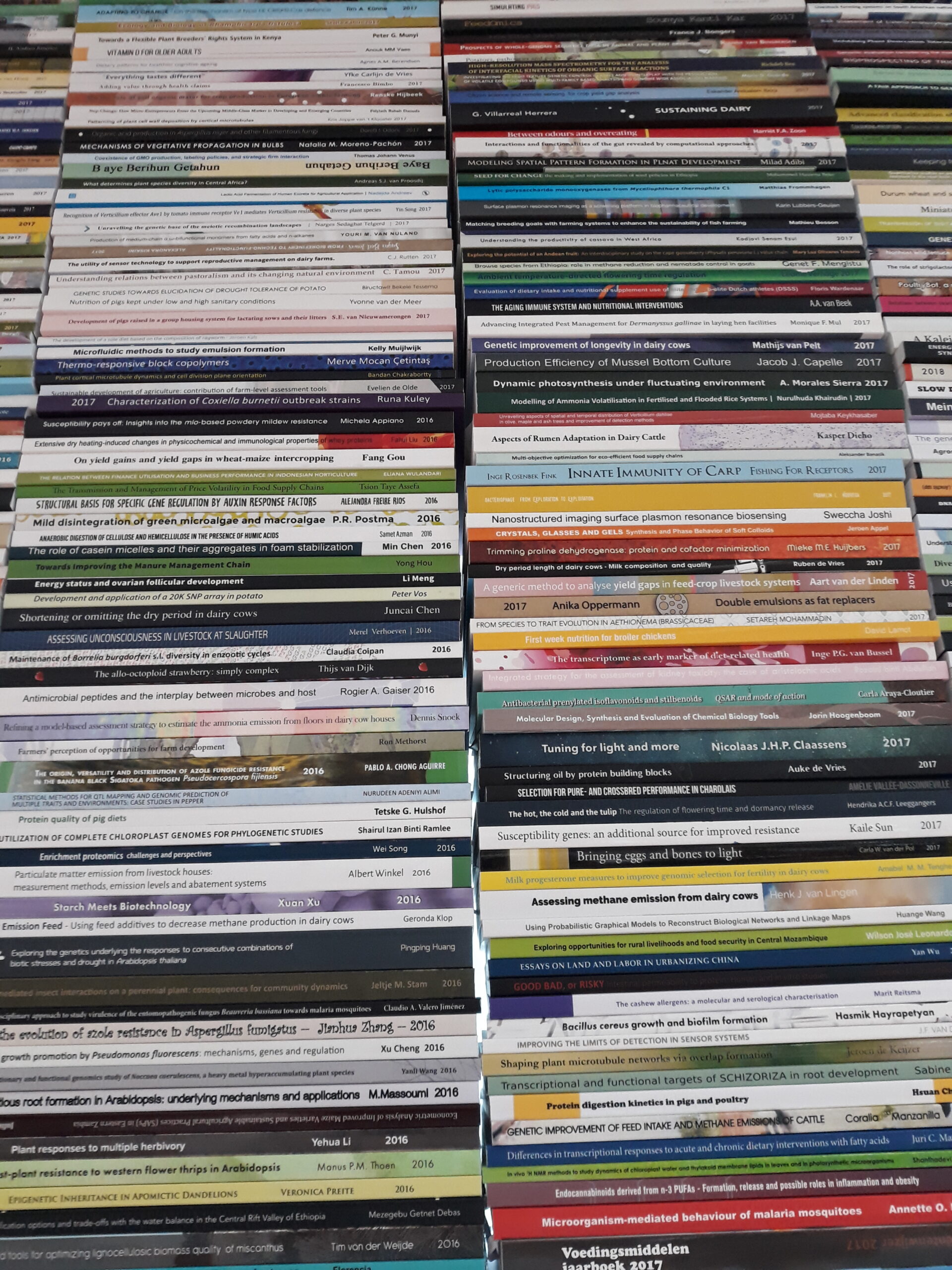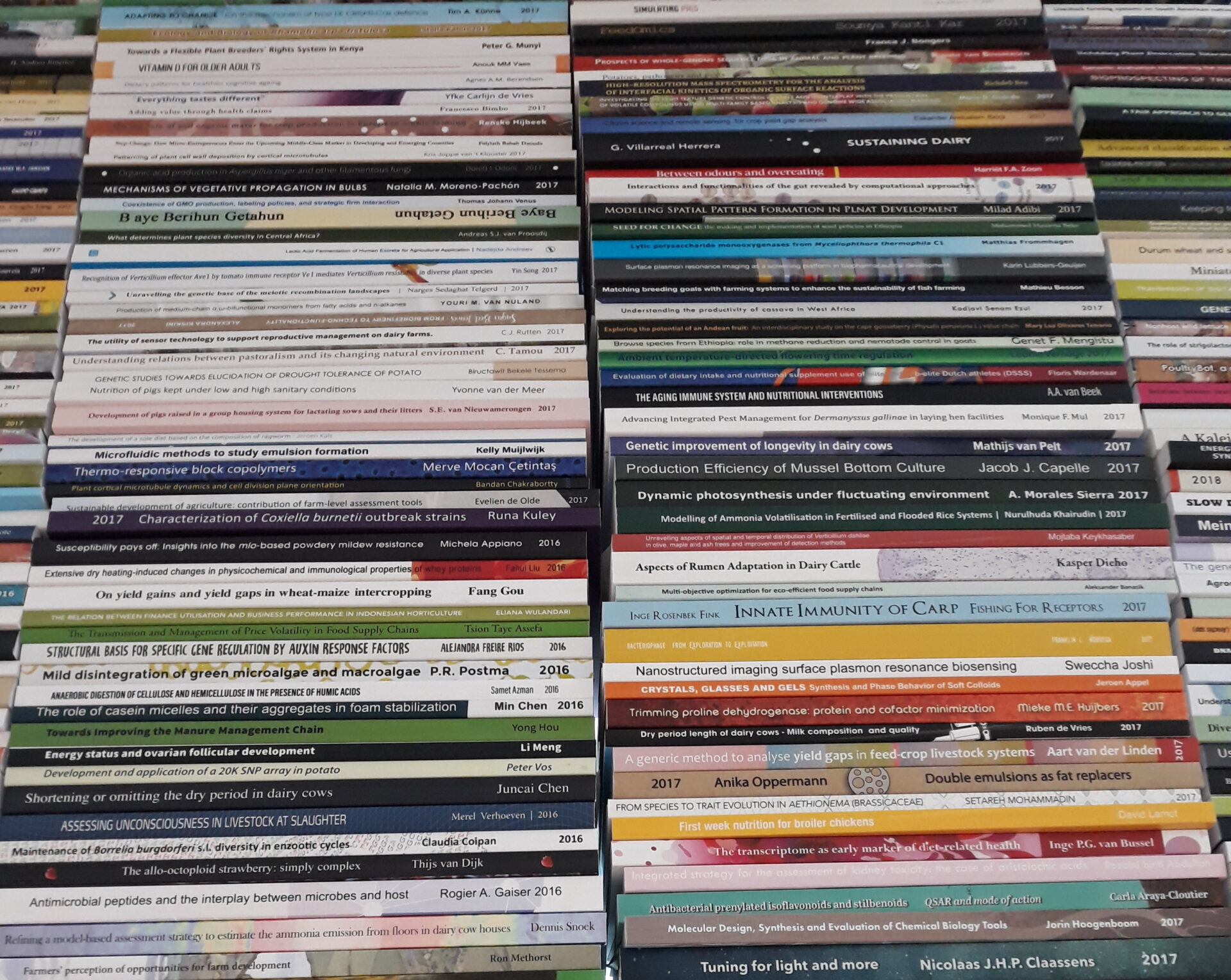More than 250 PhD students receive their PhDs at WUR every year. It is impossible to describe and summarize all these theses. In the column ‘PhD theses in a nutshell’ the selection of our science editors is briefly presented.
A nudge in the right direction
You can’t look at the development of plants in isolation from their environment, because that development is driven by stimuli from the environment. Thai researcher Yosapol Harnvanichvech entered the emerging field of mechanobiology to study how embryos of the well-known model plant the sand rocket respond to being subjected to small mechanical nudges. Genetically speaking, there is little or no effect, except that phosphorylation occurs at lightning speed (within 5 seconds) at nearly 900 locations on the genome. This suggests, says Harnvanichvech, that a pressure-sensitive receptor-like protein triggers this response. A first in the plant world. What this phosphorylation means remains to be elucidated. Mechanomics.
Yosapol Harnvanichvech Supervisors Joris Sprakel and Dolf Weijers
Healthy eating against diabetes
A healthy diet helps in fighting diabetes. But it’s not easy to change your diet permanently. Kristel Polhuis developed a method based on salutogenesis, which lays the emphasis on promoting health rather than controlling disease. Applying the method produced demonstrably good results. The diabetics who took part became more ‘food-savvy’ and better able to manage their diet and maintain a healthy weight. But not significantly better than a control group receiving standard diabetes healthcare.
Flourish and Nourish.
Kristel Polhuis Supervisors Maria Koelen and Marianne Geleijnse
Cloudy with sunny intervals
The interaction between the sun, cloud formation and the land surface is incredibly complex. Models tend to simplify the picture by assuming that the sun is directly above a cloud. Don’t do that, says Menno Veerman. He achieves better (i.e. more realistic) results by calculating the solar radiation in three dimensions. Incidentally, his method shows that the beautiful spring of the Covid year 2020 was not a result of the lockdown: less aviation and road traffic did lead to cleaner air and more solar radiation, but much bigger factors for the sunny weather were low cloud formation and dry air.
Simulating sunshine on cloudy days
Menno Veerman Supervisors Chiel van Heerwaarden and Jorge Vilà-Guerau de Arellano


